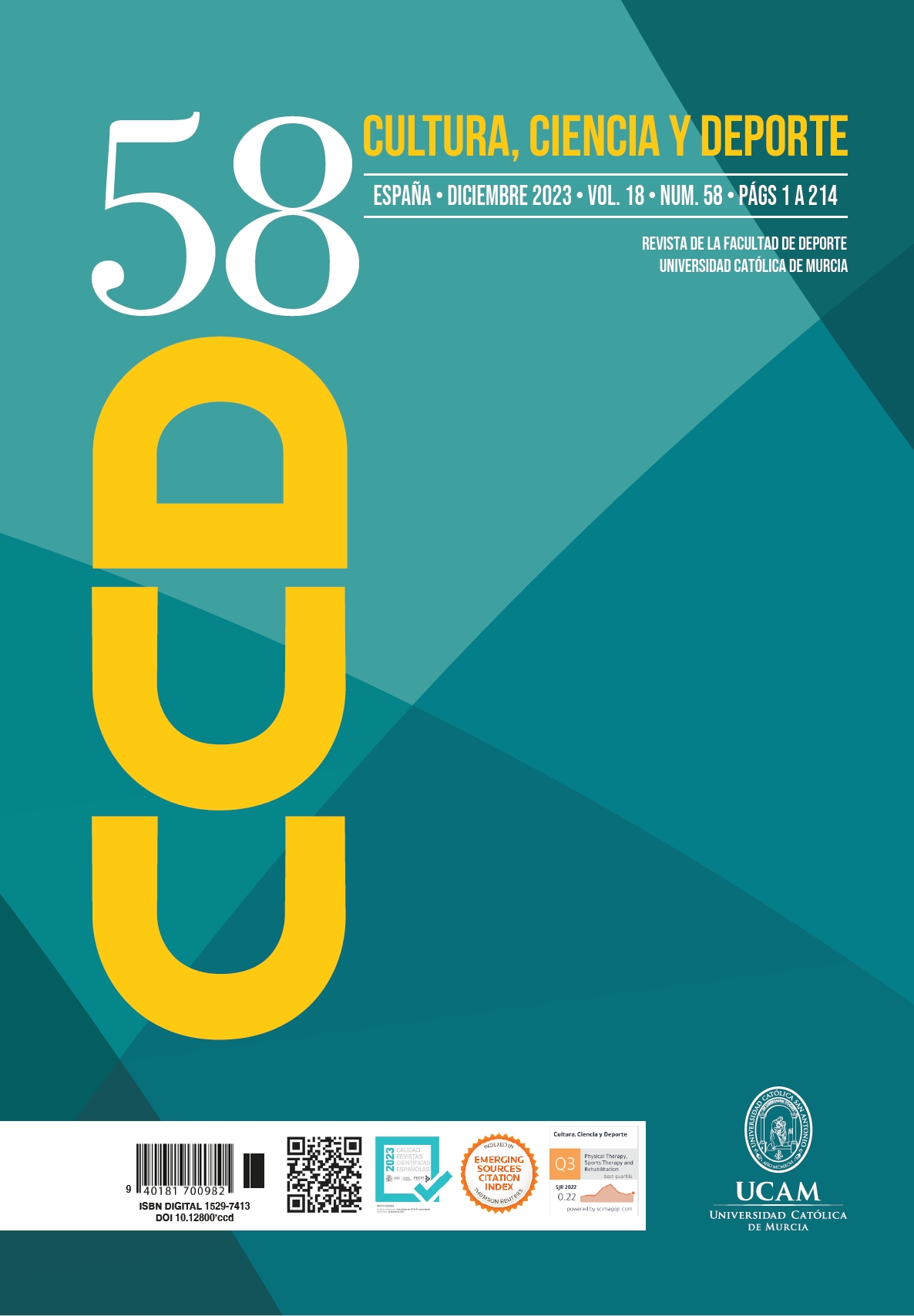Jigsaw Puzzle technique vs. traditional group work: academic performance and satisfaction of the university students
DOI:
https://doi.org/10.12800/ccd.v18i58.2034Resumen
Alternative learning methods such as the Jigsaw Puzzle (JP) technique have gained prominence over traditional teaching
to promote the acquisition of skills in Higher Education. The aim of this research was to compare the academic
performance and satisfaction of students depending on whether the JP technique or traditional group work was
used. This is a cross-sectional study that involved 61 students in their 2nd year of the Degree in Physical Activity and
Sport Sciences (20.11 ± 0.43 years). In one class group, the JP technique was applied (n = 29), while the traditional technique was used in the other group (n = 32). After the end of the workshop, the grade and the degree of satisfaction
obtained with the techniques used were evaluated. The JP group obtained a grade (X = 8.52; SD = 0.5) and a degree
of satisfaction (X = 7.28; SD = 1.5) which were significantly higher than the traditional group (rating: X = 5.58; SD =
0.6; satisfaction: X = 6.34; SD = 1.6) (p ˂ .001 and p = .023, respectively). A correlation was found between grade and
satisfaction (ICC = .360; p = .004). In conclusion, conducting a one-off session based on the JP technique versus using a
traditional technique yields better grades and greater satisfaction with the teaching-learning process.
Descargas
Publicado
Cómo citar
Número
Sección
Licencia
Derechos de autor 2023 Creative Commons Attribution License

Esta obra está bajo una licencia internacional Creative Commons Atribución-NoComercial-CompartirIgual 4.0.
Los autores que publican en esta revista están de acuerdo con los siguientes términos:- Los autores conservan los derechos de autor y garantizan a la revista el derecho de ser la primera publicación del trabajo al igual que licenciado bajo una Creative Commons Attribution License que permite a otros compartir el trabajo con un reconocimiento de la autoría del trabajo y la publicación inicial en esta revista.













